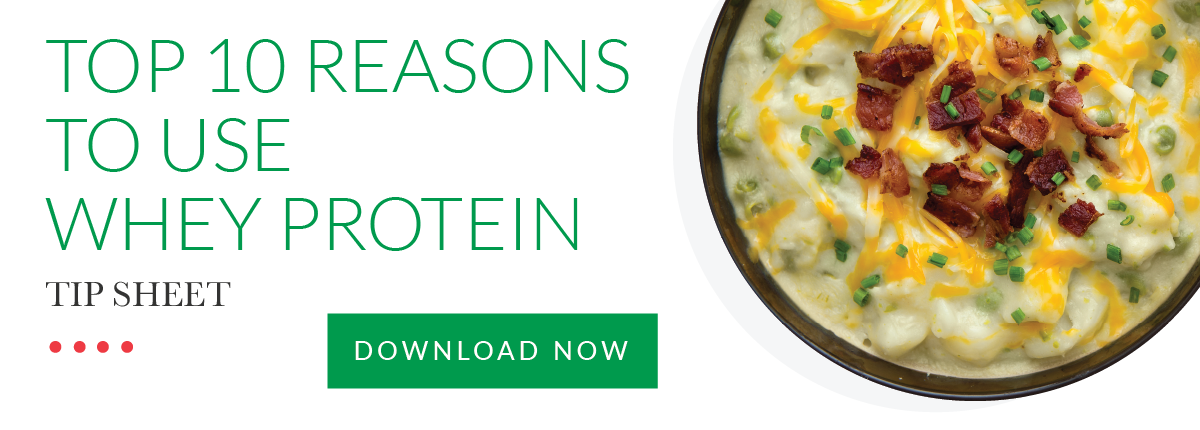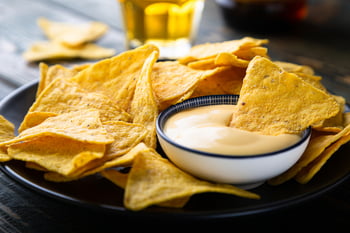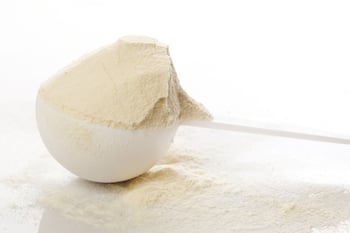
While consumer trends have always influenced the food industry, the pace of change in recent years has accelerated at a dizzying pace. Keeping up with emerging food and beverage trends is one of the biggest challenges facing food manufacturers.
Not only do they need to adapt their formulations to comply with clean label initiatives by using ingredients that are familiar, healthier, sustainable and ethically sourced, they’re also required by FDA regulations to change the way they list portion sizes and nutritional values on those labels.
Here’s how recent industry changes are impacting food manufacturers – as well as strategies to overcome some of those challenges.
VIDEO TRANSCRIPT
The food industry has seen a lot of changes recently, and consumers are driving those changes. They’re taking the time to read labels to make sure that the product claims on the front match what’s on the back.
And what they don’t find is just as important as what they do find.
They want a short ingredient list with words that are familiar and they can understand without needing a PhD. That means they’re looking for things like less added sugars, lower sodium, fewer calories, more protein and, overall, a higher nutritional value.
Consumers are also driving regulatory changes, and the FDA is cracking down with new label standards to make sure food producers are promoting realistic portion sizes and making it easier for consumers to make healthy choices.
In the past, a lot of food manufacturers have relied on ingredients, such as starches and hydrocolloids to provide structure to their products, which have fallen out of favor and don’t align with the clean label movement. But going back to using high-fat dairy and eggs isn’t realistic for manufacturers either…or affordable.
But that’s not the case with Grande Bravo functional whey protein. Even though it’s a concentrate, it’s all natural…kind of like tomato paste. The manufacturing process involves the removal of water through filtration and evaporation. The whey proteins that remain are unadulterated from the time they leave the cow as milk.
Grande Bravo is all-natural and doesn’t undergo any chemical modifications, so it not only fully complies with clean label initiatives, but you also get the same rich, creamy texture and flavor of high cost dairy and eggs without the added costs, refrigeration requirements and other drawbacks of using fresh ingredients.
Embracing Change Can Be Good
New FDA labeling rules are in effect January 1, 2020 for manufacturers with $10 million or more in annual food sales. Those with less than $10 million must be in compliance by January 1, 2021.
Transparency is the driver of these changes, requiring food manufacturers to declare added sugars, list practical serving sizes and change the appearance of their labels to make it easier for consumers to decipher the data and make informed decisions.
Some food manufacturers see changes in consumer preferences and labeling requirements as inconvenient and costly. Others, however, see change as an opportunity to adapt their formulations to capture new market share and actually reduce costs. Such an approach requires a willingness to explore natural ingredient options that their food formulators may not have worked with or considered before.
One such ingredient is Grande Bravo® functional whey protein, an all-natural alternative to costly fresh eggs and dairy. It complies with clean label ingredients and allows manufacturers to improve nutritional values by reducing fat and calories per serving. More importantly, it can actually improve the taste and texture of your original formulation. Applications where whey protein are suitable include soups, sauces, dips, spreads, dressings, gravies, fillings, confections, frozen desserts and many other products.
Contact the food scientists at Grande Custom Ingredients Group to discuss the innovative ways that functional whey protein can be used in various formulations. There are more benefits of using whey protein than improving your product’s label. Check out our top 10 in the free guide below.





